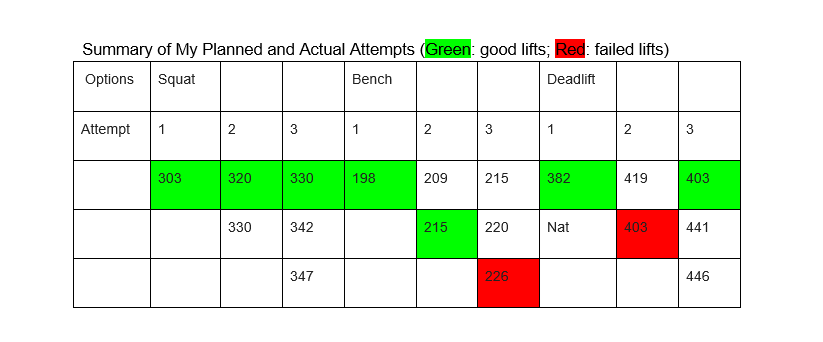One of my greatest fears in weightlifting is the development of chronic lower back pain. This recurring condition would transform my, and many others’, main source of strength training into a zero sum game. Regardless of level of ability, a vast majority of lifters unnecessarily develop lower back pain (LBP) due to a larger focus on increase in strength versus a focus on staying healthy. The purpose of this four part series of articles is to discuss the causes, prevention, and self-care of LBP.
Part I: Overview of the lower back anatomy and mechanics
Part II: Causes and prevention of LBP in athletes weight training
Part III: Causes and prevention of LBP in sedentary people
Part IV: Self-care of LBP
Significance:
LBP ranks third in most burdensome causes of mortality and poor health (behind ischemic heart disease and chronic obstructive pulmonary disease from smoking) — over 25% of people have experienced it in the last three months (NIH LBP Fact Sheet). Most LBP is acute and typically a result of a mechanical problem, resolving itself in a few days. About 20% of people who suffer from acute LBP eventually suffer from chronic LBP lasting over 12 weeks. Furthermore, almost one-third of patients with chronic pain are clinically depressed (Watson, 2011). Staying away from LBP is critical to staying disability free and aging healthily as described in my last article (Paras, 2017).
General Anatomy:
The lumbar spine represents the lowest five unfused vertebrae of the spinal cord. The lumbar vertebrae are the largest of the spinal column as they are built to carry the most weight while providing both stability and mobility (Davis, 2013). In between each vertebra there is a cushiony, spongy intervertebral disc that absorbs shocks to the spine. Notably, the spinal cord does not run through the lumbar spine. Instead, large nerves run through the lumbar spine and branch out in the sacrum. This includes the sciatic nerve, which has a larger diameter than most garden hoses (Eidelson, 2017)! (figure source)
Torque and reasons the lumbar spine is vulnerable:
The lower back is surprisingly mobile considering it is a long stack of discs. It allows for forward and backward bends, twists, and movements in multiple planes simultaneously. However, this mobility comes at the cost of the stability necessary to maintaining proper posture. Common types of injuries are strains (e.g. muscle tearing, ligament tearing) and herniation (i.e. damage to a intervertebral disc).
The torque placed on the lower back is extremely high due to its long lever arm. The amount of force needed to produce a rotational force is proportional to the distance of the weight from the joint and distance of the muscle’s attachment to the joint. The lower back is mechanically disadvantaged because a weight held at shoulder distance is very far away, while the lever formed by the muscle and joint is only a few centimeters long.
Therefore, the muscles of the lower back have to exert many times more force than the weight of any object it needs to support. For example, if a 180 pound person bends over 40 degrees to lift a 30 pound weight, the erector spinae muscles would need to generate 738 inch-pounds of force and experience a compressive force of 2214 inch-pounds just to maintain an isometric hold (Cornell University Ergonomics, n.d.). The massive torque placed on the lower back when lifting even light weights is one reason it is injury prone. (Figure source)
Conclusion:
The lower back is a common injury site that can develop into a source of disability. It provides stability and mobility in multiple planes, but its multi-functionality makes it vulnerable to injury. Furthermore, the lower back is mechanically disadvantaged because weights are typically held far from the hip and thus, require many pounds of exertion for every pound carried.
Tune in next time for a practical article on the causes and prevention of lower back injuries in athletes!
About the author:
Tyler Paras – Prevail Intern
B.S. – Cellular Molecular Biology (Westmont)
Matriculating M.D. Candidate – University of Pittsburgh School of Medicine
Tyler was born and raised in Santa Barbara, California and began training at Prevail in 2016. He attended Westmont College and will be attending medical school this fall. While at Westmont he graduated Summa Cum Laude, led a student-run homeless outreach program, and volunteered with medical clinics in Mexico and Bolivia.
After Tyler’s mother was diagnosed with rheumatoid arthritis (RA), he became interested in the cellular mechanisms behind the disease. He conducted his Major Honors project at Westmont on the role of the microbiome in inflammatory arthritis and conducted summers of research at Harvard Medical School studying the role of macrophages in RA. Including his critical care clinical research at Cottage Hospital, his research has resulted in seven presentations, three at national medical conferences.

